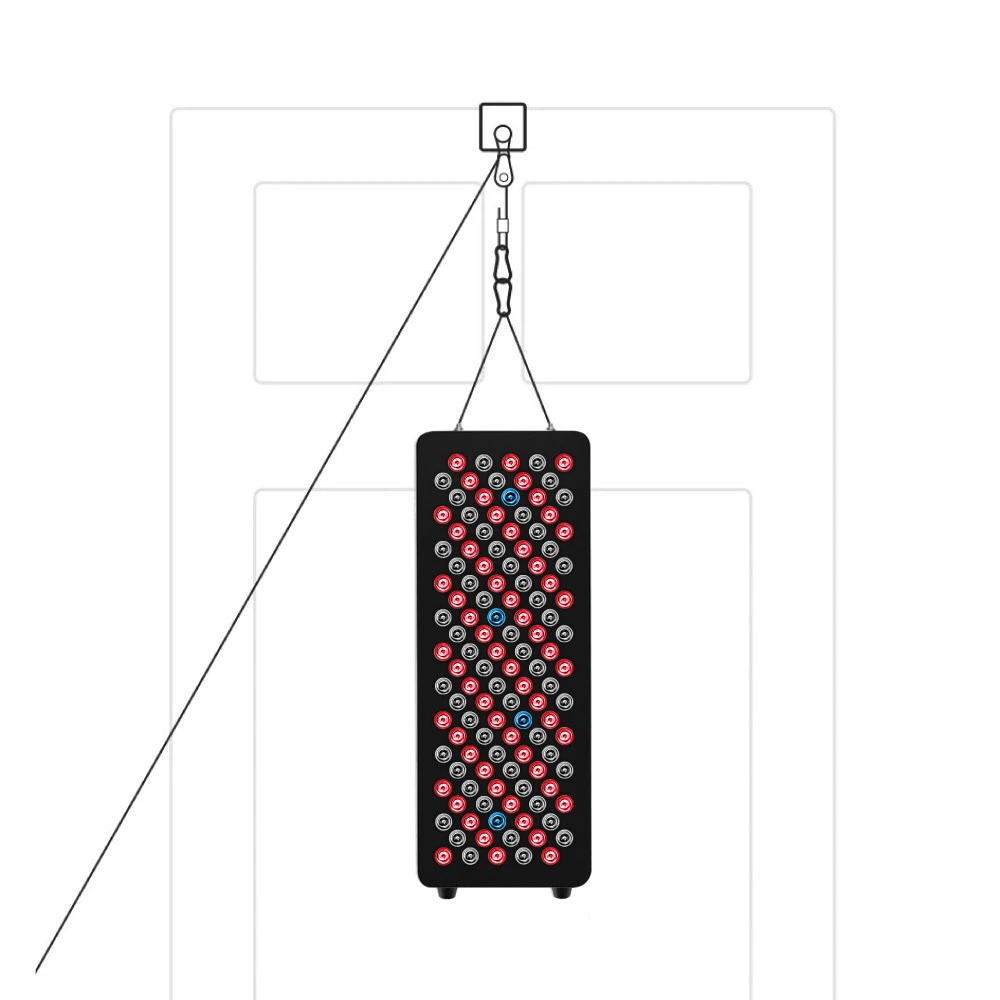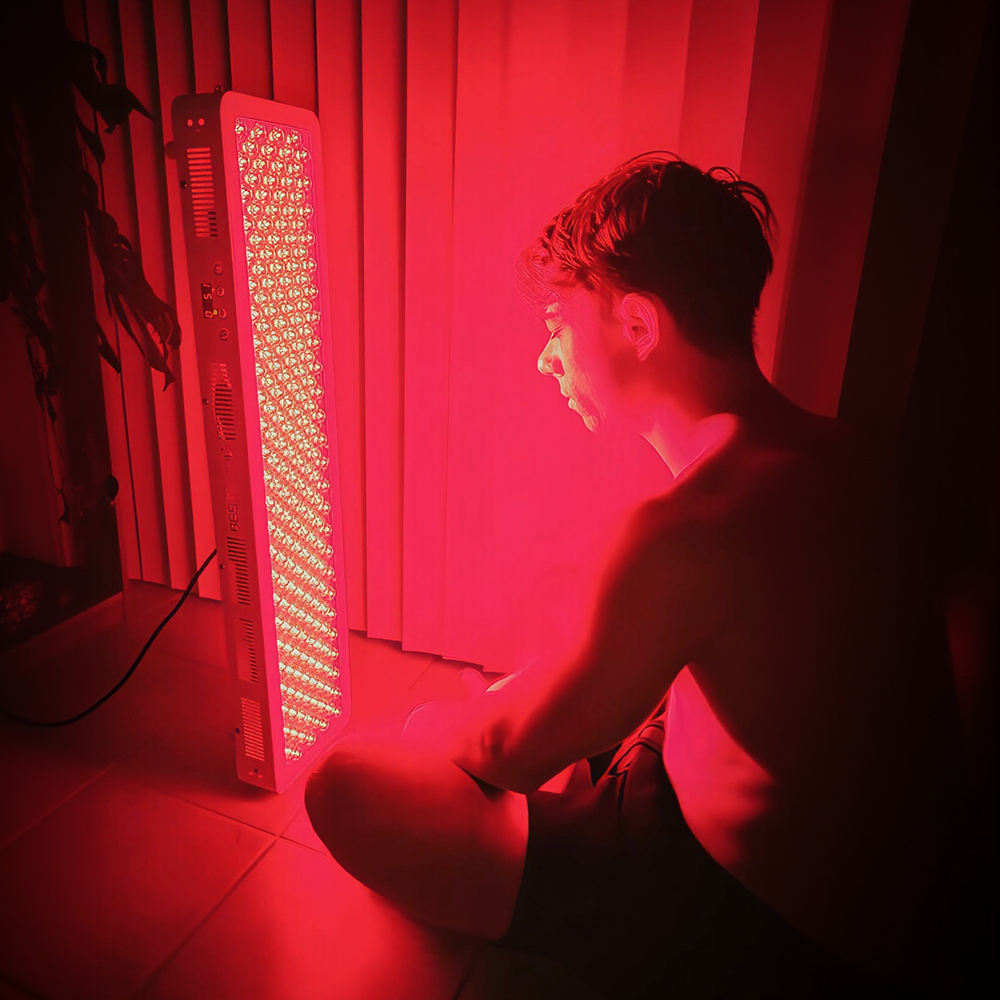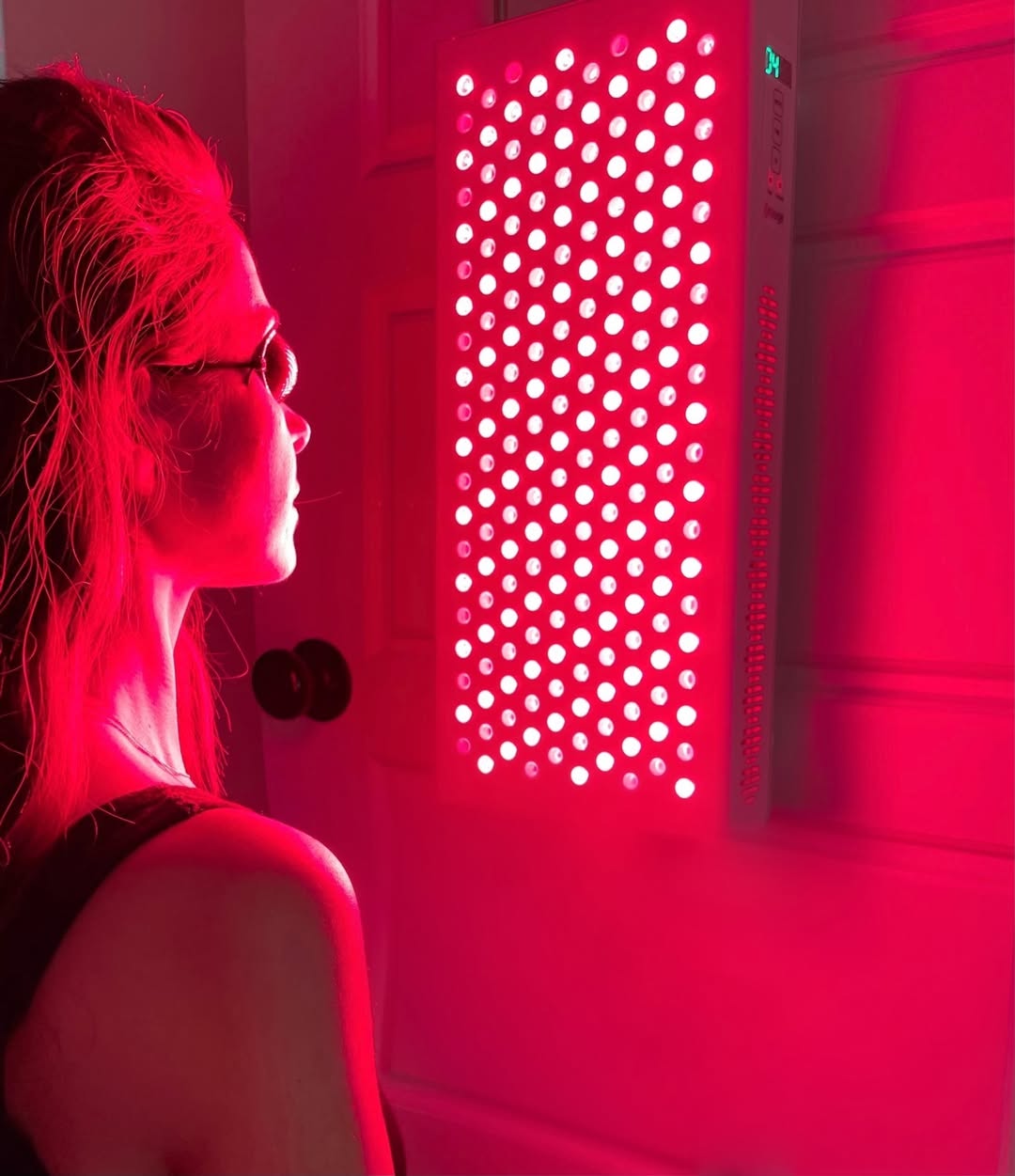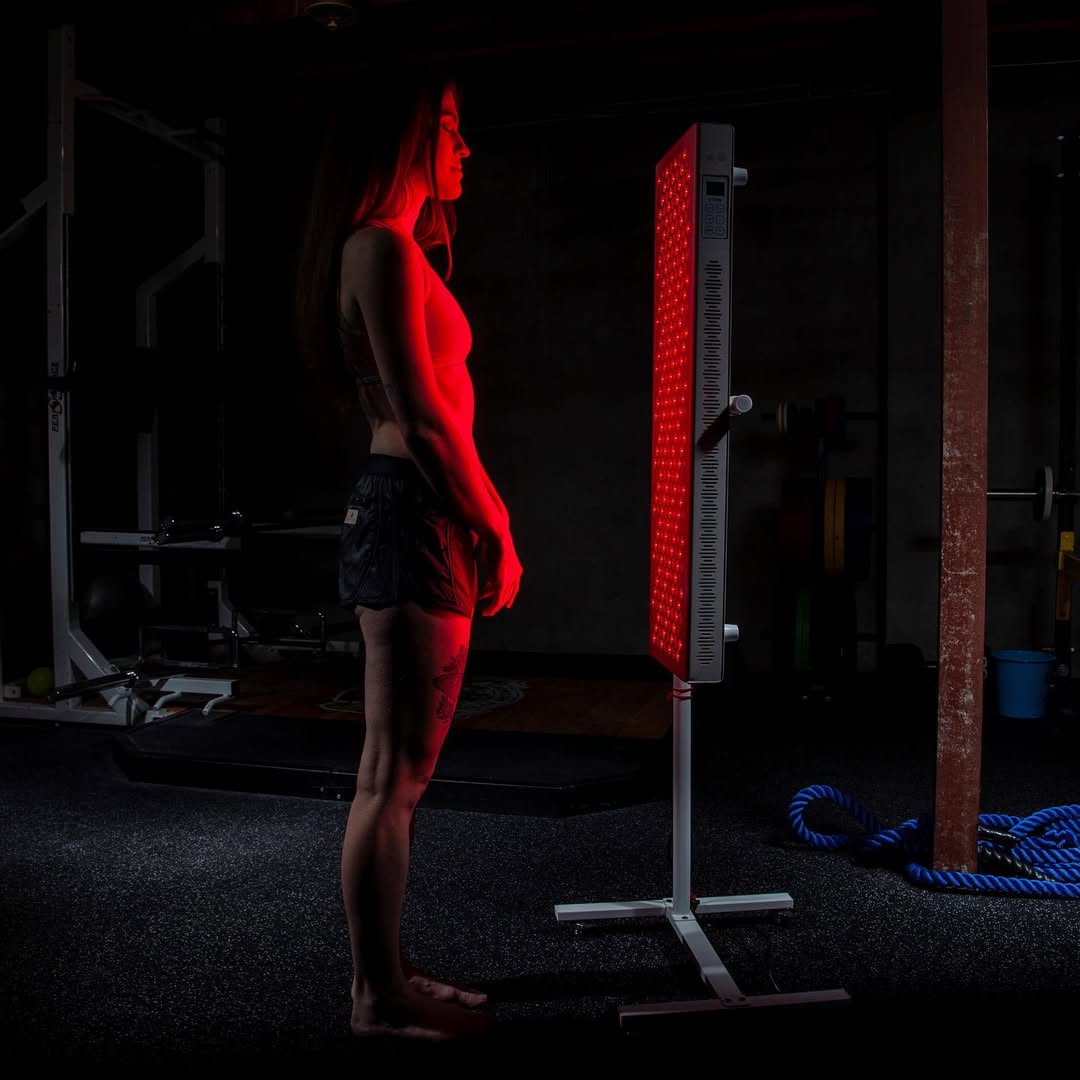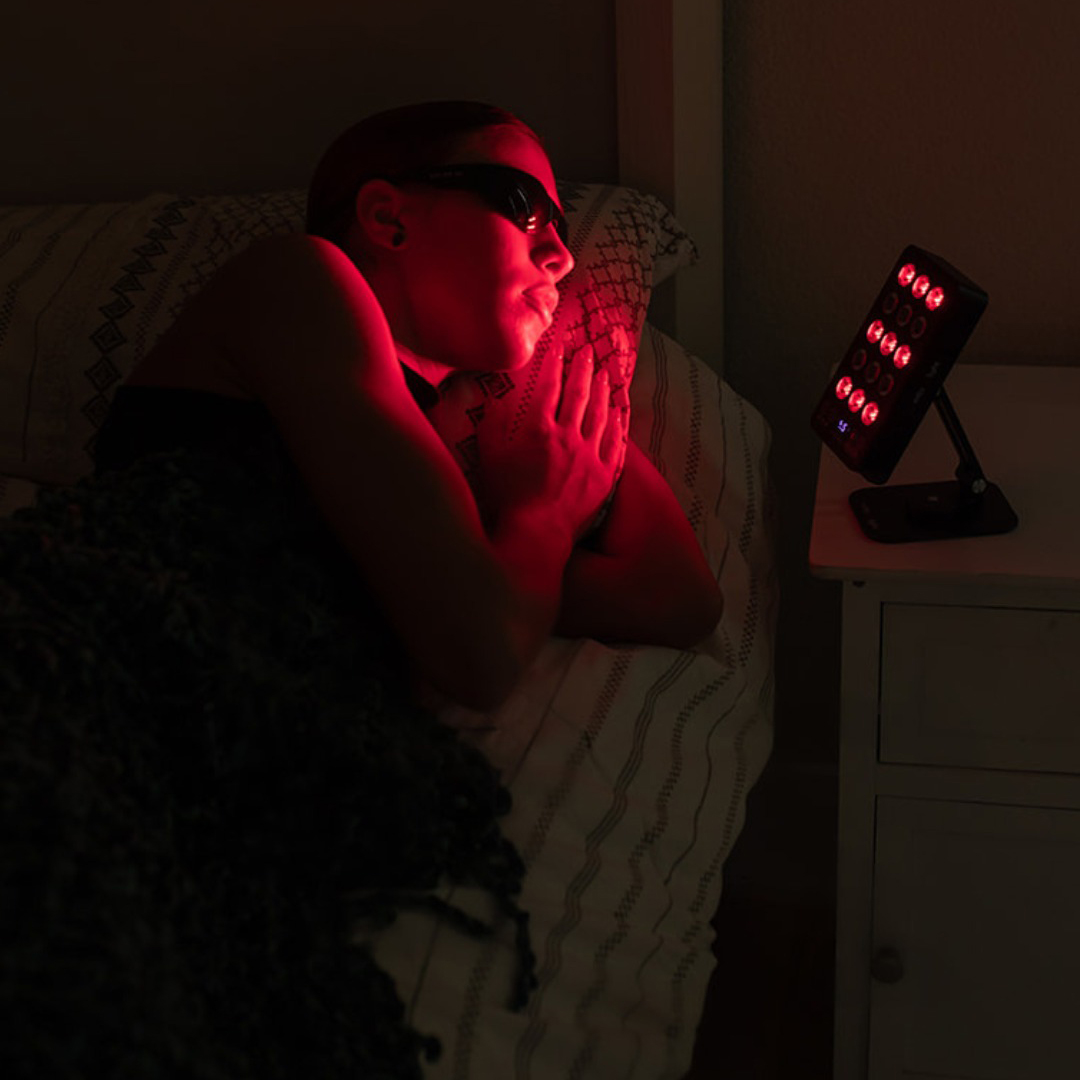![]() Free Shipping
Free Shipping ![]() Buy Now, Pay Later
Buy Now, Pay Later ![]() Eligible
Eligible
Red Light Therapy for Constipation: Does It Help?
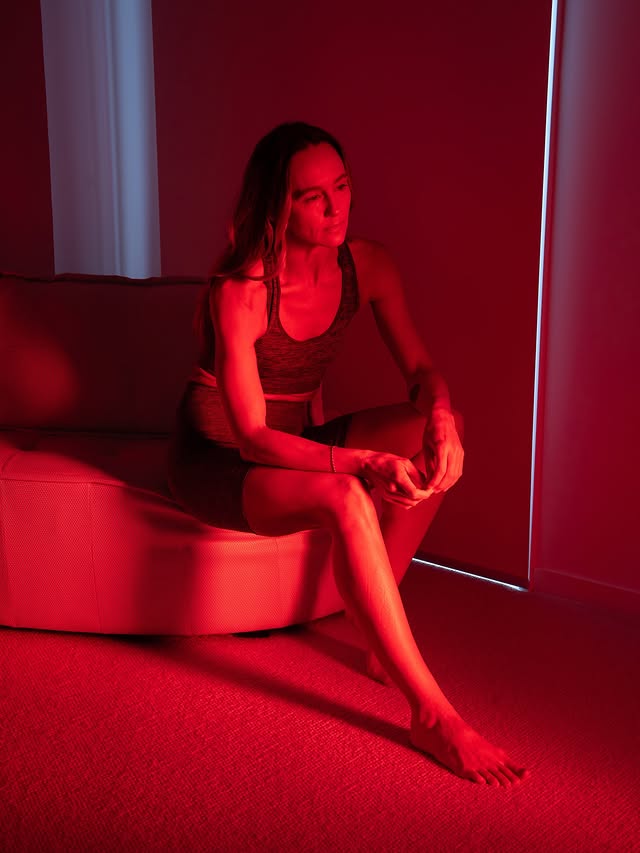
For the millions who struggle with occasional or chronic constipation, finding relief can be a constant challenge. While diet, hydration, and exercise are the cornerstones of management, a novel approach is gaining attention: Red Light Therapy (RLT). But does shining light on your abdomen really help get things moving? This article delves into the science, the mechanisms, and the evidence to answer that pressing question.
What is Red Light Therapy?
Red Light Therapy, also known as photobiomodulation (PBM), is a non-invasive treatment that uses specific wavelengths of red and near-infrared (NIR) light to stimulate cellular function. Unlike ultraviolet light, which can damage the skin, RLT uses low-energy light waves that penetrate the skin without causing heat or damage.
This light energy is absorbed by the mitochondria, often called the “powerhouses” of our cells. This absorption is believed to boost the production of adenosine triphosphate (ATP), the primary fuel for cellular activity. Essentially, RLT gives your cells more energy to function, repair, and thrive.
Expert Insight: “Photobiomodulation is a form of metabolic therapy. By enhancing mitochondrial function, we are essentially improving the fundamental energy economy of the tissues we target, which can have wide-ranging effects on inflammation, circulation, and healing,” explains a researcher in the field of regenerative medicine.
The Proposed Mechanism: How Could Light Relieve Constipation?
The link between light on the skin and bowel movements might seem far-fetched, but the proposed biological mechanisms are grounded in physiology. Here’s how researchers believe RLT may help with constipation:
1. Reducing Inflammation
Chronic inflammation in the gut can disrupt the rhythmic contractions of the digestive tract (peristalsis). RLT has well-documented anti-inflammatory effects, calming the nervous and immune systems within the intestinal tissue and potentially restoring normal motility.
2. Improving Blood Circulation
Near-infrared light, in particular, can penetrate deep into tissues, stimulating the formation of new capillaries and improving blood flow. Better circulation to the intestines means more oxygen and nutrients delivered to the muscles and nerves responsible for moving waste through the system.
3. Stimulating the Enteric Nervous System
Your gut has its own “brain,” known as the Enteric Nervous System (ENS). RLT may help modulate this complex network of neurons, encouraging more regular and coordinated contractions of the colon.
4. Enhancing Cellular Repair and Energy
The cells lining the colon and the smooth muscle cells themselves can benefit from the ATP boost provided by RLT. With more energy, these cells can function more efficiently, potentially leading to stronger and more effective peristaltic waves.
What Does the Scientific Evidence Say?
The direct research on red light therapy specifically for functional constipation is still in its early stages. However, existing studies on related conditions and the known physiological effects of RLT provide compelling clues.
- Animal Studies: A 2012 study on rats published in the Journal of Photochemistry and Photobiology found that laser irradiation (a form of PBM) significantly improved colonic transit time and reduced inflammation in a model of colitis.
- Human Anecdotes and Clinical Observations: Many holistic practitioners and users of at-home devices report significant improvements in regularity and a reduction in bloating and discomfort after consistent use of RLT on the abdomen.
- Indirect Evidence: The strong evidence for RLT’s anti-inflammatory and circulatory benefits in other areas of the body (like wound healing and muscle recovery) provides a solid theoretical foundation for its application in digestive health.
While large-scale, double-blind human trials are needed to make definitive clinical claims, the preliminary evidence and mechanistic plausibility are promising.
How to Use Red Light Therapy for Constipation
If you are considering trying RLT for constipation, here are some general guidelines. Always consult with your healthcare provider before starting any new treatment.
- Target Area: Apply the red light device directly to the lower abdomen, focusing on the area around the navel and down towards the pubic bone, where the colon is located.
- Device Type: Both panels and handheld devices can be effective. Ensure the device emits red (630-660nm) and/or near-infrared (810-850nm) wavelengths for deeper penetration.
- Duration and Frequency: A typical session lasts between 10-20 minutes. Consistency is key. Many users start with daily sessions and may reduce to 3-5 times per week after noticing improvements.
- Consistency is Crucial: Like any wellness therapy, results are not typically instantaneous. Consistent use over several weeks is often necessary to see a noticeable difference.
VELLGUS Elite V2
THE #1 RATED RED LIGHT DEVICE
VELLGUS pro V2
THE #1 RATED FULL BODY RED LIGHT DEVICE
Red Light Therapy vs. Other Constipation Remedies
The following table compares RLT with other common constipation management strategies.
| Method | How It Works | Pros | Cons |
|---|---|---|---|
| Red Light Therapy | Stimulates cellular energy, reduces inflammation, improves circulation. | Non-invasive, drug-free, few side effects, holistic benefits. | Requires consistent use, upfront cost, research is still emerging. |
| Dietary Fiber | Adds bulk to stool and softens it. | Natural, widely available, cost-effective. | Can cause bloating initially, must be paired with increased water intake. |
| Laxatives | Stimulates nerves, draws water into colon, or softens stool. | Fast-acting, effective for acute relief. | Risk of dependency, can cause cramping, not a long-term solution. |
| Exercise | Stimulates intestinal muscle contractions. | Free, overall health benefits. | Requires motivation and physical capability, not an immediate fix. |
Potential Risks and Side Effects
Red light therapy is generally considered very safe when used as directed. The most common “side effect” is essentially no effect at all. Unlike medications, it has no known chemical side effects. However, it’s important to:
- Use eye protection, especially with high-power panels.
- Follow the manufacturer’s guidelines for treatment time and distance.
- Avoid use over suspicious moles or lesions without a doctor’s approval.
The Bottom Line: Is It Worth Trying?
While more robust clinical research is needed, the existing scientific principles and a growing body of anecdotal evidence suggest that Red Light Therapy is a promising, non-invasive, and drug-free adjunct therapy for managing constipation.
It is not a magic bullet and should not replace the foundational advice of drinking plenty of water, eating a high-fiber diet, and staying active. However, for those seeking a natural method to support gut motility, reduce inflammation, and enhance overall digestive wellness, RLT presents a compelling option worth discussing with your healthcare provider.



